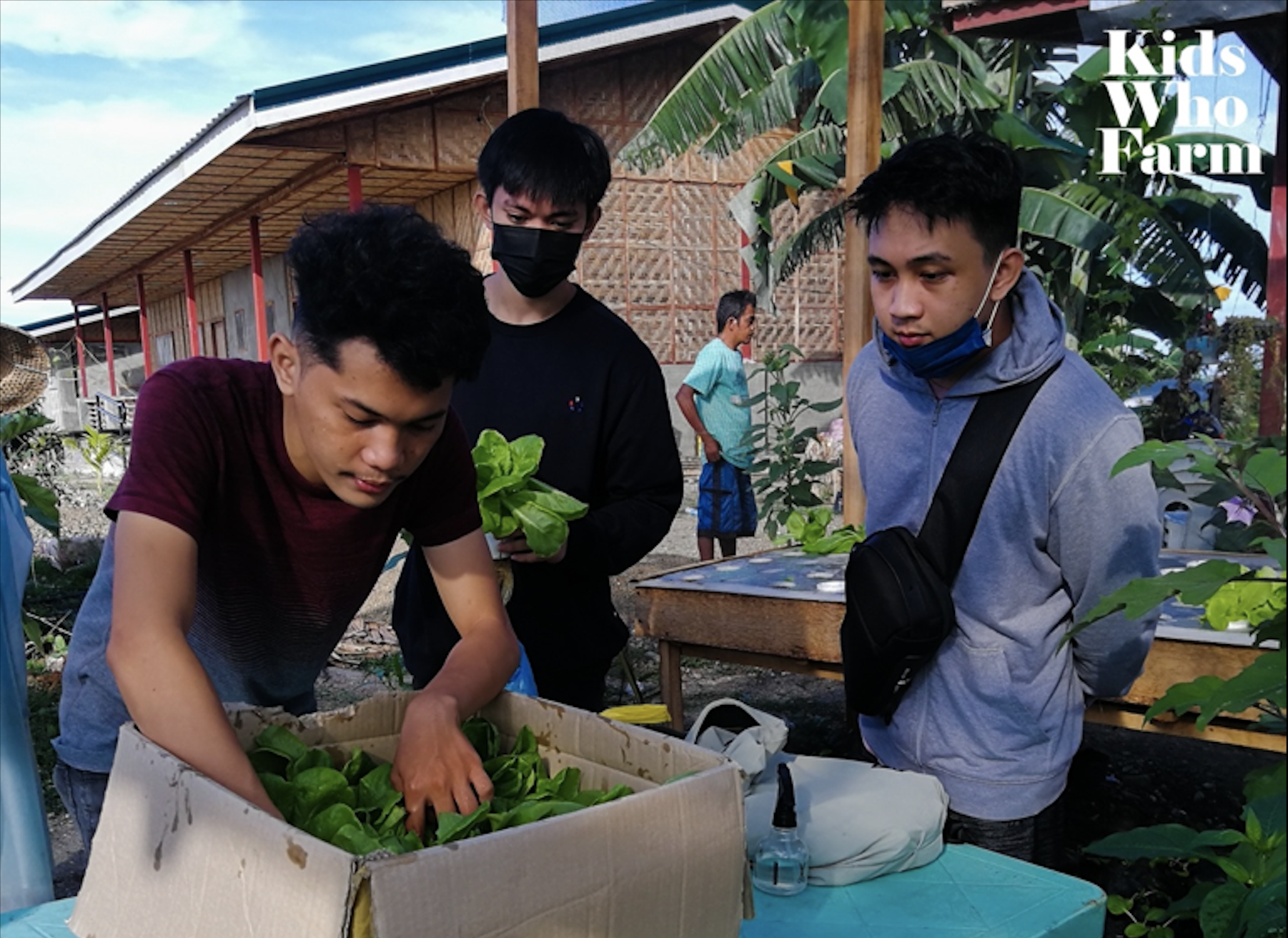How does a nation participate in the digital creative economy centered on individual entrepreneurship while acknowledging its legacy in collectives of women producing crafts? This column explores the experience of Bangladesh, where despite the digitization of the craft industry, digital participation remains limited to a small number of entrepreneurs who already have an online presence. Strong and enforced labor laws, social security for workers, fair wages, competitive pricing, improving the skill of women workers, and robust inter-industry linkages are needed to support rural artisanal communities and build sustainable apps geared towards women working in the sector.
Crafts and artisanal work in Bangladesh have traditionally been collective activities, rooted in rural areas and depending on the availability of resources, local tradition, and aesthetic. Women form 60% of the workforce in the country’s garment sector. As Covid-19 brought businesses and livelihoods to a standstill, traditional artisans were among those compelled to go online to sell their crafts, clothing, and jewellery, either individually or as part of a collective.
Such collectives often partner with existing boutiques and small businesses that rely on social media for sales. Rising digitization posits e-commerce as an avenue for reviving the artisanal industry in Bangladesh. But can this address the larger development challenges in the industry?
The country has witnessed a proliferation of digital platforms that work with artisans and collectives on selling their products online. This has gained momentum over the course of the pandemic. According to the Women and E-commerce Forum (WE), at the peak of the festival season in 2020, the sale of Bangladeshi Jamdani items fetched Tk 50 crores (close to US$6 million) through online platforms like Facebook and WhatsApp.
With the exponential investment in fintech, e-commerce and specialized apps dedicated to the artisanal sector in Bangladesh, this market is viewed as potentially highly lucrative and ready for global scaling. Tech movements such as these cater to women’s needs and demands, which are often ignored in mainstream business decisions. For example, ‘femtech’ has attained global popularity in healthcare because of its targeted approach to women’s sexual and reproductive health, with several ventures (such as Maya, Niramai, and EloCare) based in the Global South.
Two of the biggest names in Bangladesh’s creative sector are Shimmy and Bengal Muslin. The former primarily equips women in the artisanal sector – which broadly includes handlooms, crafts, and garments – with the training and resources to accommodate automation and digital technologies in their work. The focus of the latter is on the process of craft (sourcing materials, labor, space, profitability) and reviving the country’s cultural heritage and local knowledge.
WE, a home-grown organization that began in 2017 in the wake of Digital Bangladesh initiatives, has been training entrepreneurs and organizing certificate courses for them in order to boost local e-commerce and entrepreneurship. The Dhaka Tribune reported that the Forum has helped women pivot to selling clothing, fashion, and crafts online. The Forum envisions representation in international markets for its entrepreneurs.
Connectivity and collectivity in Bangladesh
The number of social media users in Bangladesh increased by 25% between 2020 and 2021. During the pandemic, the country has seen an upsurge in the number of women signing up to be entrepreneurs online.
Most of these women entrepreneurs sell through Facebook, a popular social media platform in Bangladesh with 67.245 million users. WE reports that there are more than 400,000 women entrepreneurs and over a million members on Facebook. Pages for their boutiques and businesses are often in Bengali and list WhatsApp phone numbers through which orders are made.
While digital platforms act as a way of intermediating transactions and audience, the market targeted here generally belongs to the Bangladeshi elite – those with access to the internet and smartphones. Even as artisanal work is beginning to get more attention from state and private bodies, individual sellers communicate in Bengali, implying that the audience they envision for themselves is one rooted within Bangladesh and their global diasporas, and that they might not be vying for recognition in typical Global North-centered international craft markets.
At the forefront of the global creative economy online are platforms such as Etsy, celebrated for valorizing local creativity, handmade authenticity, and marking their place in global supply chains. Crafters in wealthier countries are typically seen as creative entrepreneurs in need of protection, while those in low-income contexts like Bangladesh are viewed as commercial laborers out to flood the online marketplace with their mass products and disrupt the cultivated intimacy of artisanal communities.
This also marks a difference in the popular imagination between artists and crafters on the one hand, and traditional artisans and handicraft producers on the other – a distinction with commercial consequences. Clearly, a new narrative of the artist-entrepreneur is needed, reoriented towards internal supply chains.
Reimagining the artist-entrepreneur
Bangladesh has a history of collective practices of artisanal work. A prominent artisanal craft has been the Jamdani, which has an intricate process of making, involving several people at once. Jamdani represents cultural pride for Bangladesh in international craft.
Another prominent artisanal craft form is the Kantha. Traditionally, it was a way for rural women to gather together as they repurposed worn out clothes through this intricate form of embroidery. Even as it took place in domestic spaces, the activity of Kantha allowed them to create their own private space of leisure, away from family responsibilities.
Any discussion around the revival of Nakshi Kantha is incomplete without mentioning Surayia Rahman, an artist whose embroidery and Kantha designs were highly acclaimed. She worked extensively on teaching Nakshi Kantha embroidery to women in Bangladesh, bringing together their economic empowerment and the Kantha’s cultural revival (after a decline in the 20th century).
While Rahman’s legacy as an artist and crafts activist is crucial to Kantha’s revival, it is also noteworthy how her background as a woman affected by the partition is invoked in discussions of her contribution. For (artist) entrepreneurs, their work speaks for them, but more significantly, their personal lives also speak for their work.
Thus, in highlighting stories of craftwork that focus on personal struggles and individual victories, the narrative of the artist-entrepreneur (who is literate and internet savvy) is reiterated to the point of dominance. This narrative portrays craft workers as homemakers/women who have internet access and are able to find financial independence in e-commerce.
Workers who do not share this narrative are made invisible. These include rural communities that have historical connections with artisanal work, which depended on their geographical locations and provided their primary source of income. The consequences are not only discursive but also material. It becomes the predominant social position that is often (and sometimes exclusively) rewarded through financial support, loans, and grants.
As specific kinds of entrepreneurship are rewarded, the figure of the entrepreneur becomes crucial to the agenda of social development in South Asia, which is driven by the relationship between technological innovation and social values. Instead of treating innovation and disruption as blanket solutions to social problems, it is important to understand the specific cultural legacies and deep structural issues that shape the craft sector of a nation.
E-commerce and the erasure of traditional craft communities
Narratives that valorize the entrepreneurial spirit display a vision of social development that emphasizes individual risk-taking, drive, and skills. Individualistic entrepreneurial sensibility is favored by commercial digital platforms (e-commerce and social media) that emerge in the wake of a state that is receding from the realm of welfare.
This suggests a shift in the way the sector is imagined and organized, and further threatens the opportunities and survival of vulnerable groups who have historically formed a major portion of the workforce. Artisanal communities that practiced traditional crafts find themselves out of work for several reasons such as migration, urbanization, lack of access to resources, and absence of linkages with markets and potential upstream collaborations. An entrepreneurial spirit alone is unlikely to be an adequate solution for reviving the sector.
Communities traditionally working in the craft sector have been grappling with unemployment, inadequate skills, eroding resources, and absent or tenuous linkages. The digitization of the craft industry, while empowering, continues to be limited to a small number of entrepreneurs who already have an online presence. They have become the face of a craft revival led by e-commerce, while rural communities with historic ties to artisanal work are left to uphold cultural heritage without formal structures and fair pay.
This suggests that initiatives around the ethics and sustainability of crafts are better directed inwards to address structural problems in local value chains that are often neglected in an increasingly entrepreneurial landscape. Strong labor laws, social security for workers, fair wages, competitive pricing, and robust inter-industry linkages are a few ways to ensure that the rural artisanal communities that shoulder the responsibility for cultural identity and national heritage in international markets are in an industry that is fair and secure, and which values their labor.
Moreover, with rising awareness and momentum to invest in femtech for inclusive development, it may be wise to broaden the arena beyond healthcare to that of the future of work.








